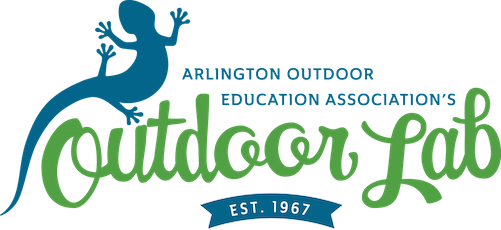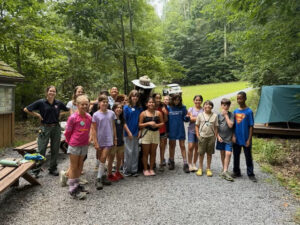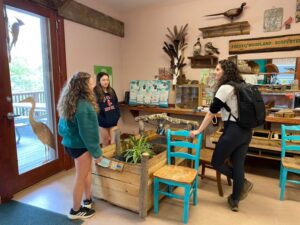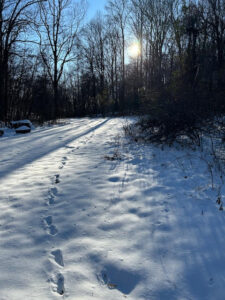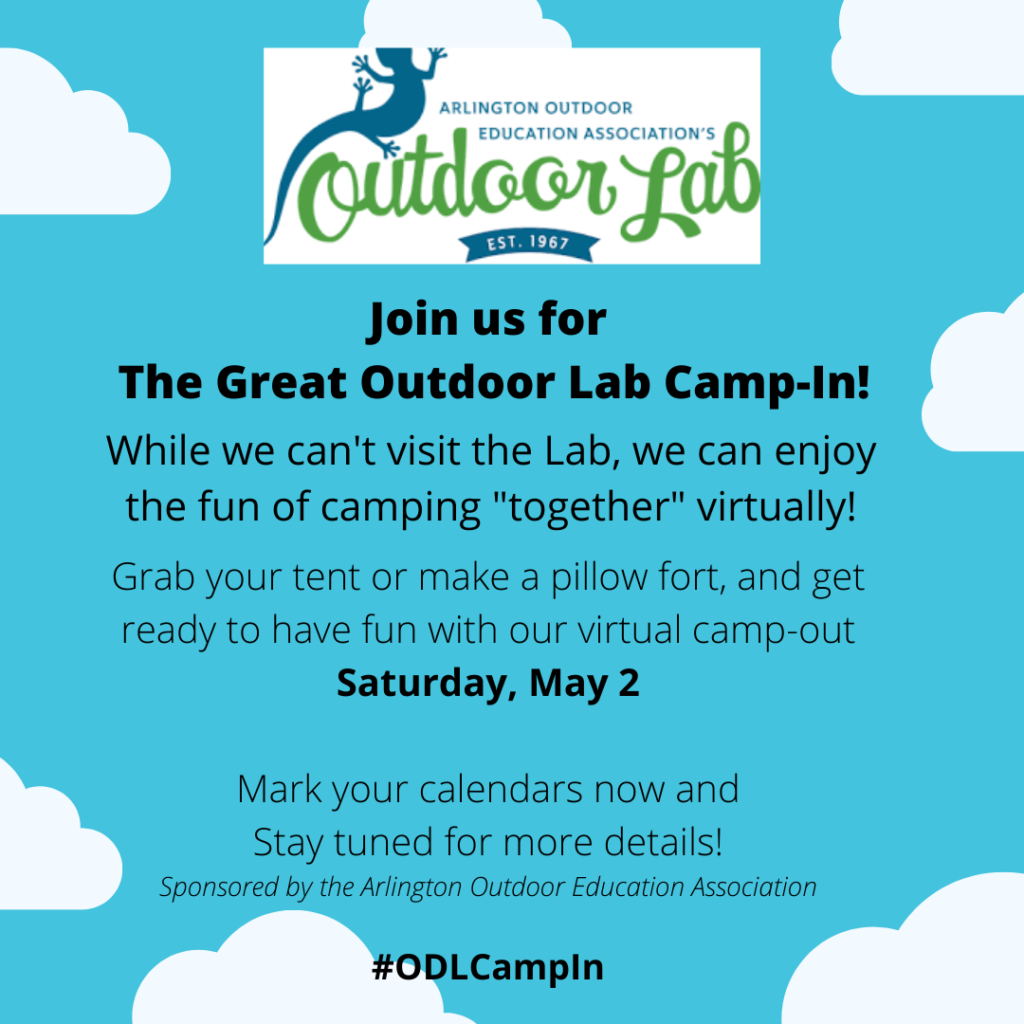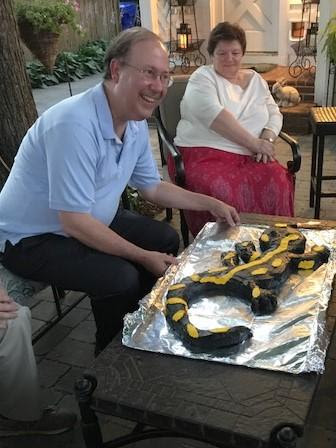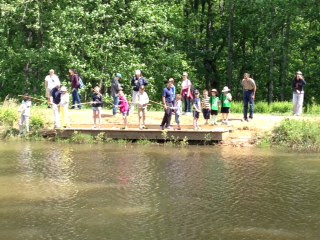In this month’s issue of Lab Notes:

Seasons at the Lab:
As fall becomes early winter, the 5th grade overnights are winding down. The last one of fall will be right before Thanksgiving break. Following the holiday, seventh graders will be the primary student visitors during the winter months as they focus on ecology.
Hands on science is the foundation of the educational experience at the Lab. This year, some lessons focus on identifying invasive species, primarily the spotted lanternfly and tree of heaven. In addition to working with students to observe the effects of lantern flies in real time, Lab staff will soon implement geographic information system (GIS) technology to track evidence of them on the property. Classroom teachers will have access to the GIS information and be able to use it in the classroom to extend student knowledge of invasive species.
- Summer Camp 2026: Initial planning for Outdoor Lab Summer Camp 2026 is beginning. In response to shifting family preferences, we anticipate having two weeks for middle schoolers and one week for fourth and fifth graders. Watch for registration information early in 2026.
- Fall Fun at the Lab: Thanks to everyone who joined us for a perfect fall day at the Open House. It was terrific to see so many students showing their parents and siblings all their favorite things at the Lab – snake pit, waterwheel, Animal Lab, bone yard and hiking trails were all popular. A big shout-out to our Open House volunteers: Carol Goodloe, Brady Kennedy, Jeff and Angus Williams, John Stewart, Caitlin Wittig, and Alexis, Karen, Sara & Brownie Troop 60335!
-
Help Shape the Future of the Outdoor Lab! As we move towards creating new learning facilities at the Outdoor Lab, we are forming an Environmental Education Advisory Committee to help review our current practices and inform our decisions moving forward. If you are an Outdoor Lab alum working in science or current or former educator, we would love to have you join us!
To learn more, please contact vp@outdoorlab.org or fill out our Volunteer Interest Form
- And more… Read the full issue here: November 2025 Lab Notes newsletter & Click here to Subscribe!
